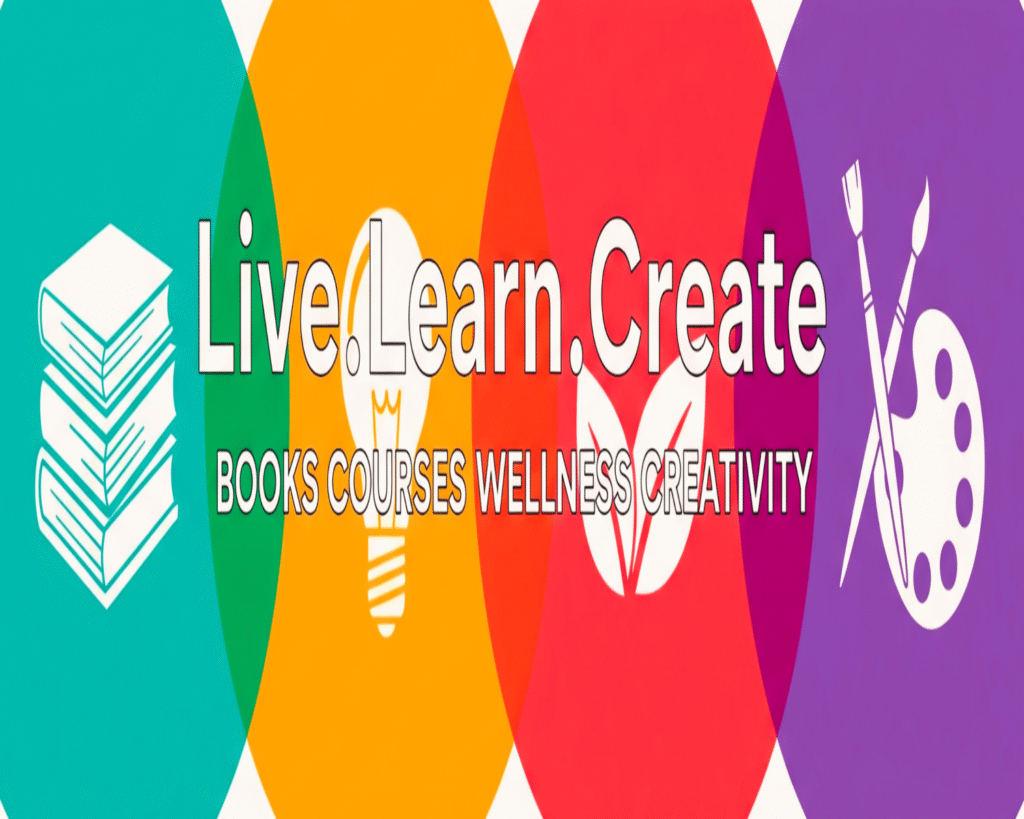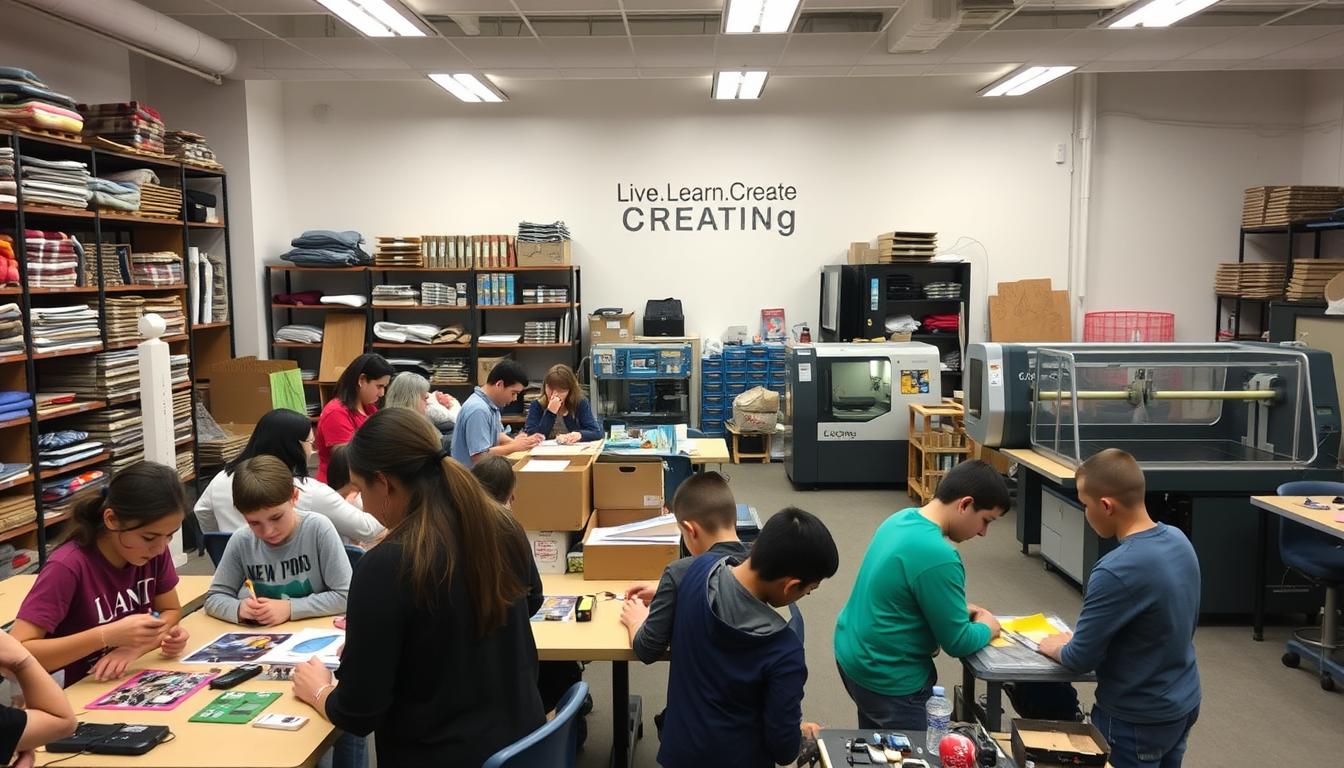“A genuine leader is not a searcher for consensus, but a molder of consensus.” – Martin Luther King Jr. This powerful truth reminds us that true influence isn’t about authority, but about awakening possibility in others. If you’re reading this, you’ve already taken the first courageous step toward unlocking your capacity to inspire change.
What makes someone a remarkable leader? It’s not about job titles or corner offices. The most impactful leaders create environments where people feel valued, challenged, and empowered to grow. They understand that their greatest strength lies in helping others discover theirs.
Organizations worldwide prioritize these qualities when identifying future decision-makers. Why? Because teams thrive under guidance that blends clarity with compassion. Your unique perspective – shaped by experiences only you’ve had – holds the key to meaningful success in any group you lead.
This journey isn’t about reinventing yourself. It’s about refining the innate abilities you already possess. Through mindful practice and self-awareness, you’ll cultivate the tools to navigate challenges while staying true to your values. The path may surprise you, but every step forward matters.
Key Takeaways
- Top companies prioritize leadership potential when promoting talent
- True influence stems from empowering others, not formal authority
- Personal growth directly impacts professional effectiveness
- Every individual’s leadership style reflects their unique experiences
- Consistent self-reflection strengthens decision-making abilities
- Transformational leaders create cultures of trust and innovation
Key Leadership Qualities to Inspire Success
Think about the last time someone’s actions made you want to follow them wholeheartedly. That magnetic pull often comes from qualities deeper than expertise – it’s about how they show up when challenges arise. Let’s explore the core traits that turn ordinary interactions into extraordinary influence.
Integrity and Accountability
True integrity acts like a compass – guiding decisions even when no one’s watching. I’ve seen teams rally behind those who own their missteps openly. One manager transformed her department’s morale simply by saying, “I underestimated this challenge – let’s solve it together.” That vulnerability built more trust than any flawless victory ever could.
Communication and Empathy
Great communication isn’t about polished speeches. It’s listening so deeply that people feel understood, not just heard. A tech startup founder I know spends 20 minutes daily walking through the office, asking one question: “What’s making your work easier this week?” This practice surfaces insights emails never capture.
| Quality | Impact | Key Action |
|---|---|---|
| Integrity | Builds lasting credibility | Admit mistakes publicly |
| Empathy | Strengthens team cohesion | Practice reflective listening |
| Accountability | Encourages ownership culture | Share decision-making rationale |
These qualities work best when balanced – like sunlight and water for a growing plant. You might lean naturally toward clear communication or deep empathy. The magic happens when we nurture both, creating spaces where people don’t just perform, but truly thrive.
Building Trust and Relationships in Your Team
Remember the last time a coworker’s support made you feel unstoppable? That energy comes from bonds stronger than job descriptions. Gallup’s research shows teams with deep connections see 21% higher productivity – proof that trust transforms workplaces.

Creating Genuine Connections
I once watched a project manager transform his team by replacing status updates with personal check-ins. He’d ask, “What’s one non-work win you had this week?” Within months, members volunteered solutions they’d previously kept hidden. Why? Because feeling seen comes before feeling safe to contribute.
Fostering a Collaborative Environment
True collaboration blooms when people stop worrying about perfect answers. A marketing director I admire starts meetings with “What’s our wildest idea?” sessions. This approach led to their most successful campaign – conceived by their newest employee during a brainstorming free-for-all.
| Action | Impact | Frequency |
|---|---|---|
| Weekly 1:1 check-ins | Builds individual rapport | Every Thursday |
| Open idea forums | Encourages creative risk-taking | Monthly |
| Shared goal mapping | Aligns personal/team objectives | Quarterly |
Notice how simple these practices are? They don’t require fancy tools – just consistent care. When team members know their whole selves are welcome, they bring solutions you’d never imagine. That’s the secret sauce of groups that outlast challenges and outshine expectations.
Boosting Leadership Skills for Better Team Performance
Imagine holding a mirror that reflects not just your face, but your potential to guide others. Growth in this area isn’t about sudden transformations – it’s about steady, intentional progress. As one seasoned executive told me, “The best guides aren’t born; they’re built through consistent effort and honest reflection.”
Start by scheduling regular check-ins with yourself. Ask two questions monthly: “What energized my team this week?” and “Where did I hesitate?” This simple practice reveals patterns invisible in daily hustle. I’ve watched managers uncover hidden strengths through this method – one discovered her knack for mediating conflicts during stressful projects.
Practical Tips to Develop Leadership Skills
Feedback fuels growth when gathered wisely. Create a “growth triangle” by seeking input from three sources: a peer who challenges you, a team member who trusts you, and a mentor who believes in you. Balance their perspectives like ingredients in a recipe – each adds unique flavor to your development.
| Strategy | Benefit | Frequency |
|---|---|---|
| Skill-building workshops | Enhances communication tools | Quarterly |
| Peer coaching circles | Builds collaborative problem-solving | Monthly |
| Mentor shadow days | Reveals real-world decision-making | Bi-annually |
Invest in relationships that stretch your capabilities. A marketing director I know partners with junior staff to co-lead projects. This approach boosted their team’s innovation output by 40% while developing future guides. Remember, your growth multiplies when you help others rise.
Agility, Adaptability, and Innovation in Leadership
Have you ever watched a willow tree bend gracefully in strong winds? That’s the essence of thriving in today’s shifting environment. A 2008 study revealed change facilitation as vital for guiding teams – but by 2024, this skill has evolved into an art form. Markets shift, technologies advance, and societal needs transform overnight. Our task? To dance with these rhythms while keeping teams grounded.

Navigating Change in a Dynamic Environment
I’ve noticed top performers treat uncertainty like clay – something to shape rather than fear. One tech CEO reimagined remote work during pandemic shifts by asking, “What if we redesign collaboration instead of replicating offices online?” Her team created a digital workspace boosting productivity by 30%.
True innovation isn’t about flashy gadgets. It’s building cultures where experiments are celebrated. Take Apple’s approach: they reserve Fridays for “blue sky thinking” – no idea too wild. This practice birthed features millions now rely on daily.
The secret? Balance steady vision with flexible tactics. Like jazz musicians improvising around a melody, effective leaders adjust strategies while maintaining core goals. They ask, “What’s emerging here we can leverage?” rather than clinging to outdated plans.
Your greatest power lies in modeling curiosity. When you embrace new solutions with open hands, your team mirrors that courage. Together, you’ll not only survive storms – you’ll learn to make rainbows from the rain.
Mastering Conflict Resolution and Negotiation
What if I told you tension could become your team’s secret weapon? The American Management Association reveals managers spend 24% of their time navigating conflict – not because it’s problematic, but because it’s fertile ground for growth. When handled well, friction sparks ideas that smooth sailing never reveals.
Transforming Tension Into Progress
I once witnessed a department head turn a shouting match into their best product launch. Her secret? She asked three questions: “What matters most here?”, “What are we missing?”, and “How can we honor both perspectives?”. This approach uncovered hidden solutions while strengthening team bonds.
Create psychological safety first. When people feel heard – even in disagreement – they share bold ideas. A study of tech startups found teams that embraced conflict resolved issues 40% faster than those avoiding tough conversations.
Crafting Agreements That Last
Effective negotiation isn’t about compromise. It’s aligning goals so everyone gains. Follow these steps from Harvard’s Program on Negotiation:
| Stage | Focus | Key Action |
|---|---|---|
| Preparation | Understand all interests | Map shared/differing needs |
| Discussion | Surface hidden concerns | Ask “What if…” questions |
| Agreement | Ensure mutual benefit | Test solutions with “How might this…” |
Remember, lasting decisions emerge when we treat negotiations as collaborations. A manufacturing leader told me, “Our best contract came from asking the supplier what kept them up at night – then solving it together.” That’s the power of seeking third-way solutions.
Critical Thinking and Continuous Learning for Leaders
Consider how a diamond forms – through pressure and precise conditions. Sharp thinking works similarly. Research shows clear reasoning separates good leaders from great ones. Brandon Hall Group found it’s the top ability for guiding organizations through complexity.
Here’s what I’ve learned: Effective decision-making follows three phases. First, framing the real issue – like untangling necklace chains. Next, exploring options without rushing. Finally, choosing paths that align with core values. This process turns overwhelming tasks into manageable steps.
Enhancing Decision-Making Capabilities
True critical thinking isn’t about finding flaws. It’s asking “What’s missing here?” during team discussions. One hospital director improved patient outcomes by having nurses map treatment choices visually – revealing patterns data alone couldn’t show.
Continuous growth matters as much as quick decisions. I partner with junior staff to solve real challenges weekly. Their fresh perspectives often highlight solutions my experience overlooks. This practice builds collective strengths while keeping our thinking agile.
Your greatest tool? Curiosity that outlasts comfort. When we approach problems as learners rather than experts, we create space for breakthroughs. That’s how ordinary groups achieve extraordinary things – together.
FAQ
What qualities make someone an inspiring leader?
Inspiring leaders blend integrity with compassionate communication. They own their decisions while actively listening to others’ perspectives—building trust through consistency between their words and actions. Empathy helps them connect deeply with team needs.
How can I strengthen trust within my team?
Start by creating space for authentic conversations. Celebrate small wins together and address challenges openly. When people feel heard and valued—without judgment—they naturally collaborate more effectively toward shared goals.
What’s the best way to handle workplace conflicts?
Approach disagreements with curiosity rather than defensiveness. Focus on understanding root causes, then guide teams toward solutions that honor everyone’s core needs. Techniques like active listening and reframing perspectives often reveal unexpected common ground.
How do adaptable leaders respond to rapid changes?
They stay grounded in their purpose while embracing flexibility. By encouraging experimentation and learning from setbacks, they turn uncertainty into opportunities for growth. Regular feedback loops help teams adjust strategies without losing momentum.
Can negotiation skills improve team outcomes?
Absolutely. Skilled negotiators balance assertiveness with empathy, seeking solutions where all parties gain value. This builds long-term partnerships and models respectful problem-solving—key for sustaining morale during complex projects.
Why is continuous learning vital for leading effectively?
Growth-minded leaders stay curious. They ask questions, seek diverse viewpoints, and invest in developing their emotional intelligence. This humility creates cultures where everyone feels empowered to innovate and contribute their unique strengths.
Transform your home into a more peaceful and mindful sanctuary. Creating a Zen-inspired home environment is a core part of the “Live.Learn.Create” theme, focusing on peace, mindfulness, and a clutter-free space. Here is a curated list of Zen home items.
The Zen Essentials
These items are the building blocks of a calm, intentional living space.
- Candles & Scents:
- Scented Candles: Look for calming, natural scents like sandalwood, lavender, white tea, or bergamot. Choose candles made with soy or beeswax for a clean burn.
- Essential Oil Diffusers: A minimalist, sleek diffuser made of bamboo, ceramic, or glass.
- Essential Oil Sets: Look for blends specifically for relaxation, focus, or sleep.
- Incense & Burners: Natural incense sticks (e.g., palo santo, sage) with a simple, elegant burner.
The Zen Decor
This is about incorporating natural elements and simple design.
- Natural Materials:
- Wood or Bamboo Trays: For organizing candles, stones, or other small items.
- Ceramic Vases: Simple, unglazed ceramic vases in neutral colors like white, beige, or gray.
- Minimalist Art: Simple line drawings, abstract prints, or nature-inspired artwork.
- Hand-Carved Stone Coasters: Or other small stone sculptures.
- Textiles:
- Linen or Cotton Throws: A soft, neutral-colored throw blanket to add warmth.
- Jute or Sisal Rugs: These add natural texture and grounding to a space.
- Meditation Cushions (Zafu) & Mats (Zabuton): These provide comfort for meditation and add a serene touch to a room.
The Zen Ambiance
These items help create a peaceful sensory experience.
- Lighting:
- Himalayan Salt Lamps: These provide a warm, soft glow.
- Japanese-style Paper Lanterns: For a soft, diffused light source.
- Dimmable Smart Bulbs: To easily control the warmth and brightness of your lighting.
- Sound:
- Tabletop Water Fountains: The gentle sound of running water is incredibly calming.
- Wind Chimes: Made from natural materials like bamboo or metal for a soft sound.
- Bluetooth Speakers: Small, aesthetically pleasing speakers for playing ambient or meditation music.
- Nature:
- Bonsai Trees or Air Plants: Low-maintenance indoor plants that bring life and a touch of nature indoors.
- Zen Gardens: A small, tabletop sand garden with a rake and stones for a meditative ritual.
- Decorative Rocks & Pebbles: For bowls or as a decorative element.
Best Sellers https://amzn.to/3Vet1tI
New Releases https://amzn.to/4mwLjTi
Amazon Movers & Shakers https://amzn.to/4fPsZlP
Mindfulness Coloring Books https://amzn.to/4fQ0wMx
Personal Growth Coloring Books https://amzn.to/4lJeRf0
Health & Wellness https://amzn.to/4oRt24C
Zen Home Decor https://amzn.to/3VeA3i6
Zen Garden Decor https://amzn.to/4mXjT8D
Zen Garden https://amzn.to/3HQTVVB
- Mindfulness & Meditation:
- Physical Wellness:
- Habit & Productivity Tools:
- Books:
- Best-selling personal development books (Mindset, The 7 Habits of Highly Effective People, The Subtle Art of Not Giving a F*ck)
- Books on a variety of skills (coding, photography, writing.)
- Educational Gadgets:
- Smart pens that digitize notes (e.g., Rocketbook)
- Portable scanners for digitizing documents
- Laptops, tablets, and accessories
Create (Creativity, Innovation, Projects)
These products cater to your creative side, whether you are a artists, writer, or DIY enthusiasts.
- Creative Supplies:
- Adult coloring books or “paint-by-sticker” books
- Craft kits (e.g., candle-making, pottery, embroidery)
- Digital Creation Tools:
- General Inspiration & Making:






















